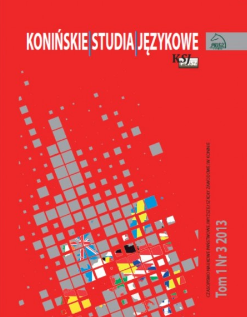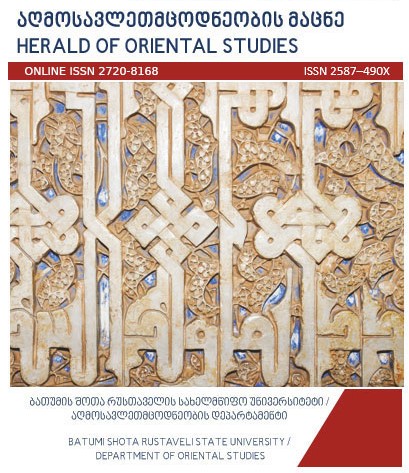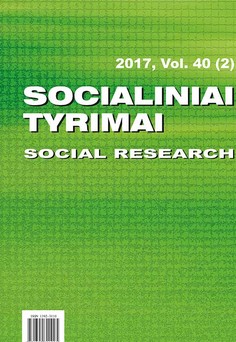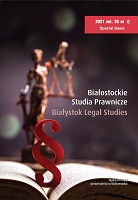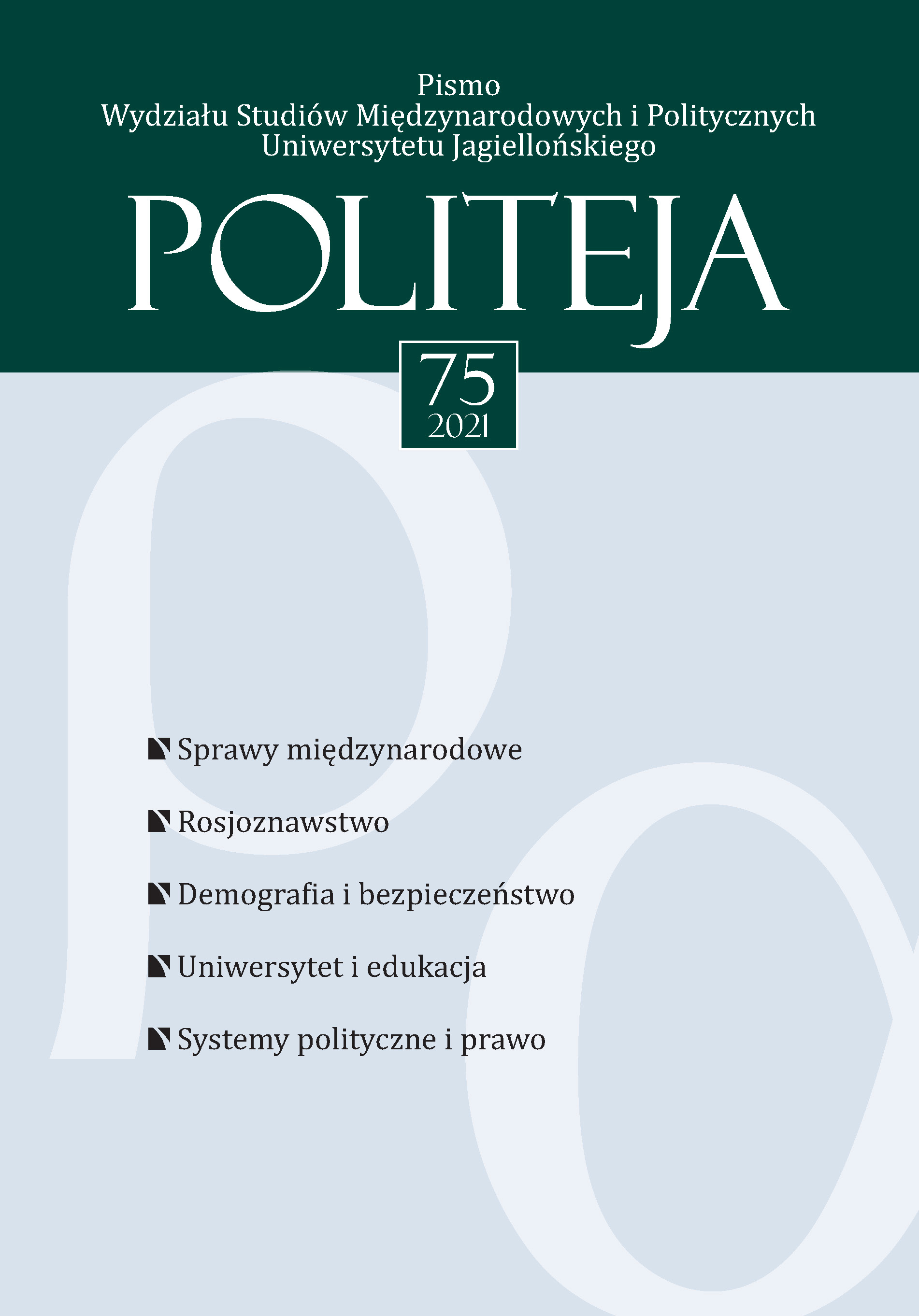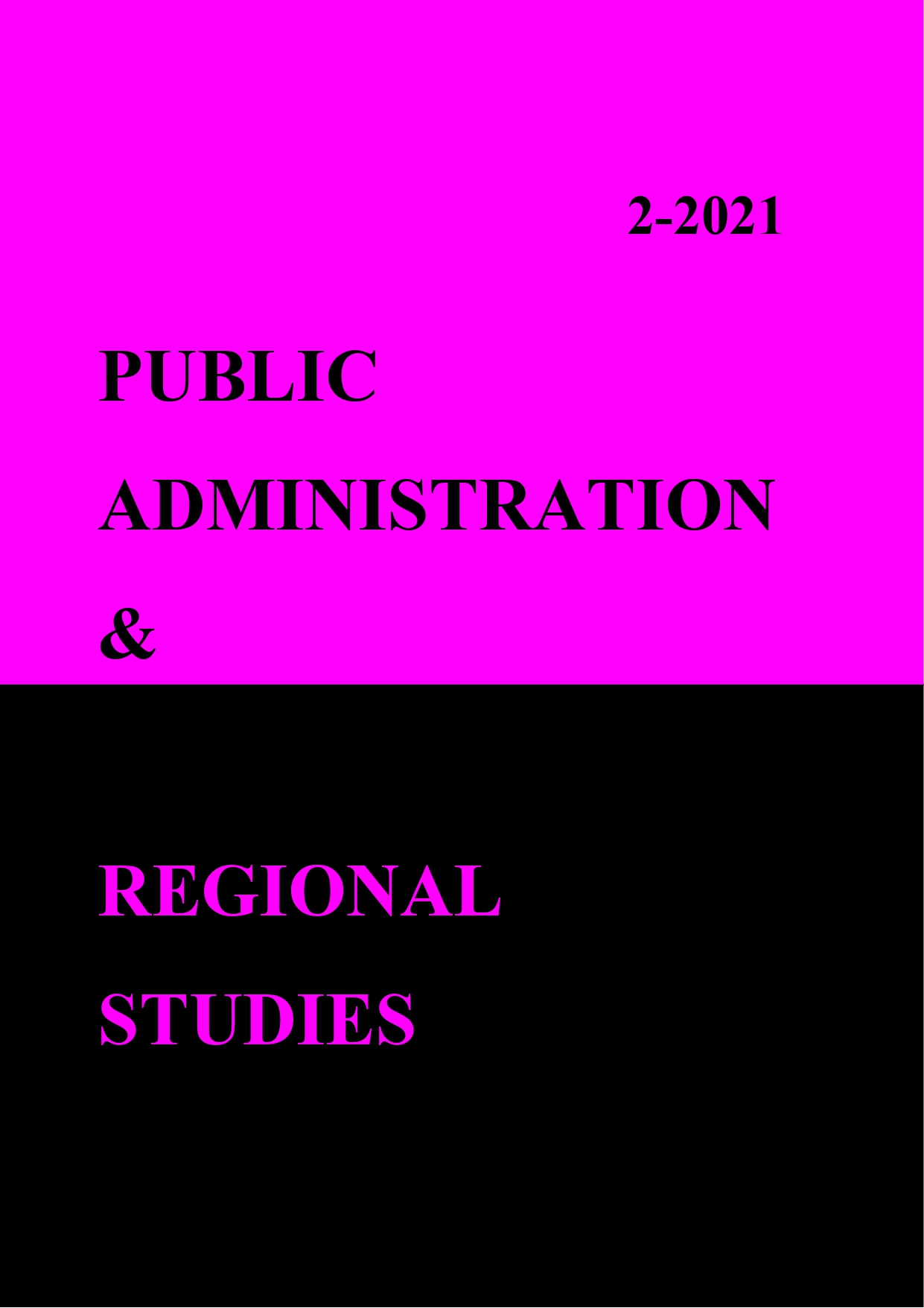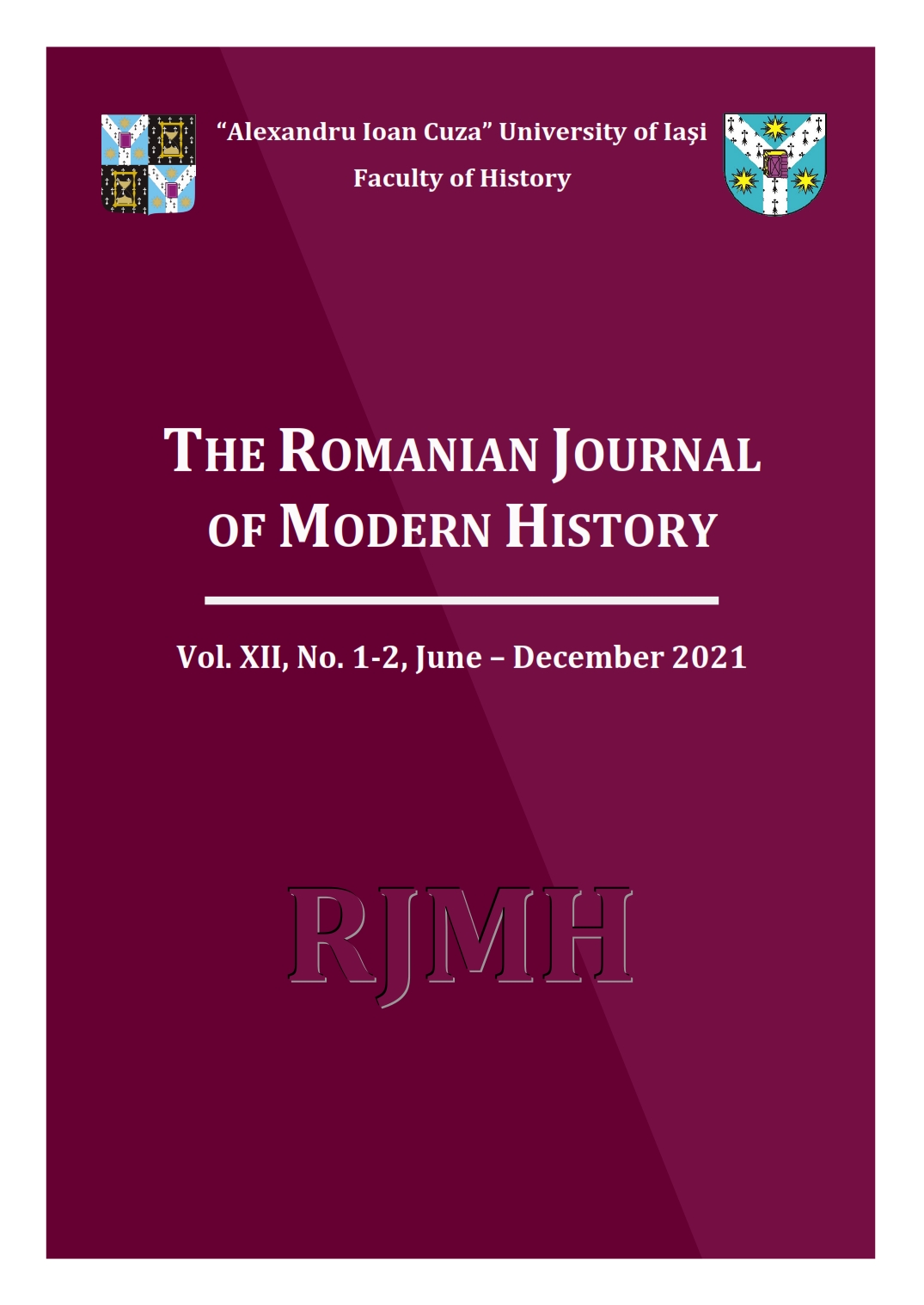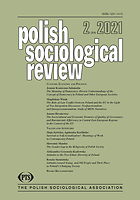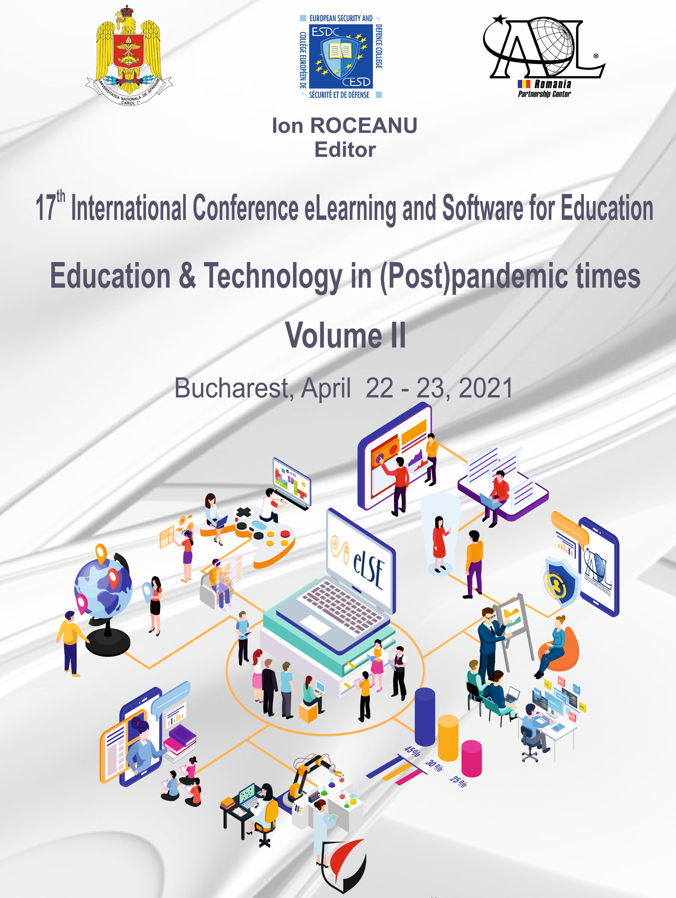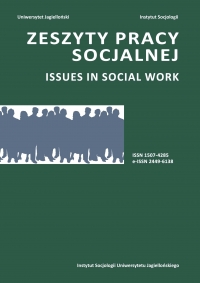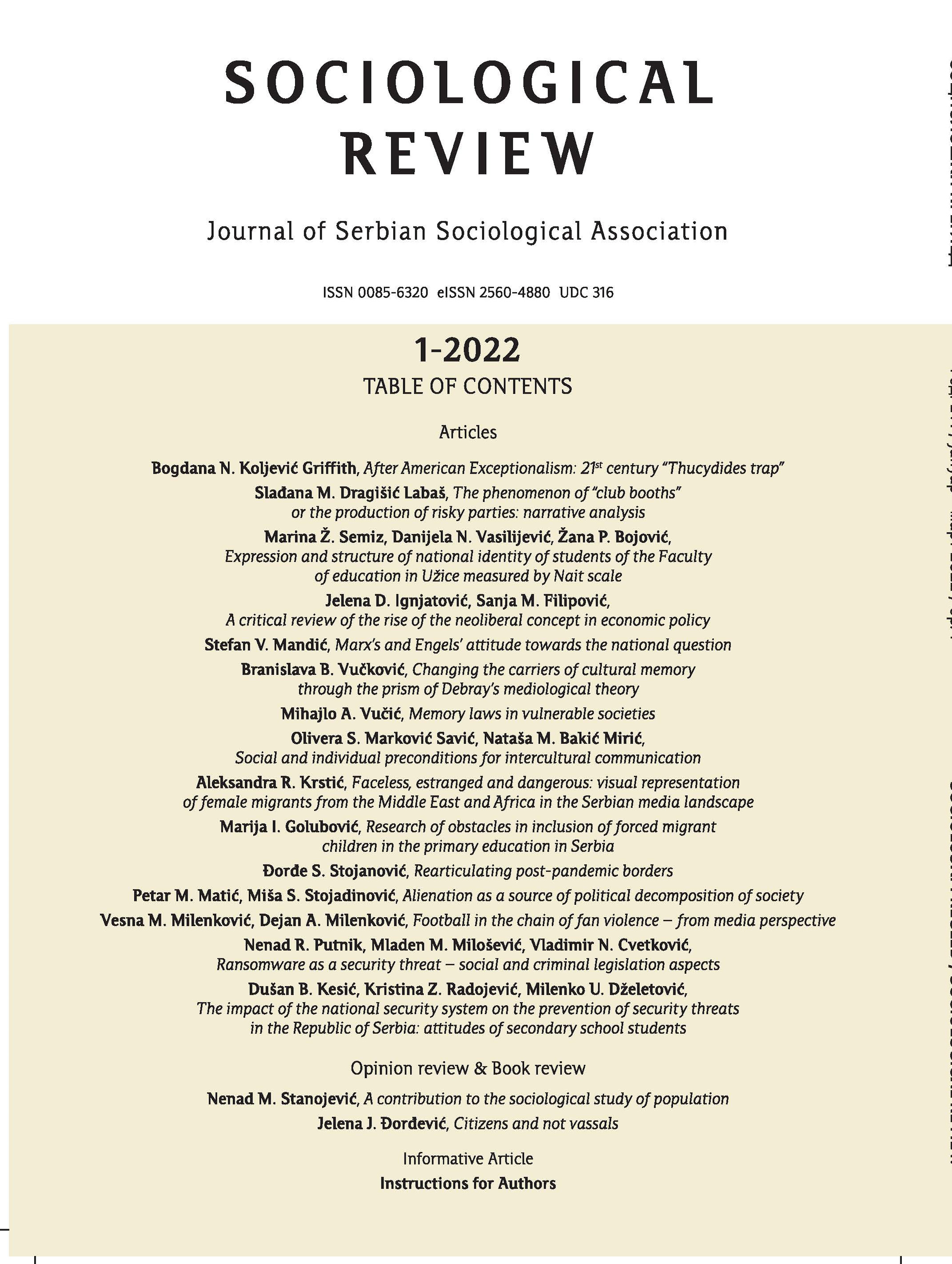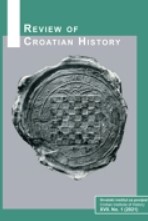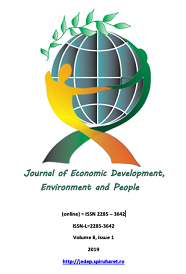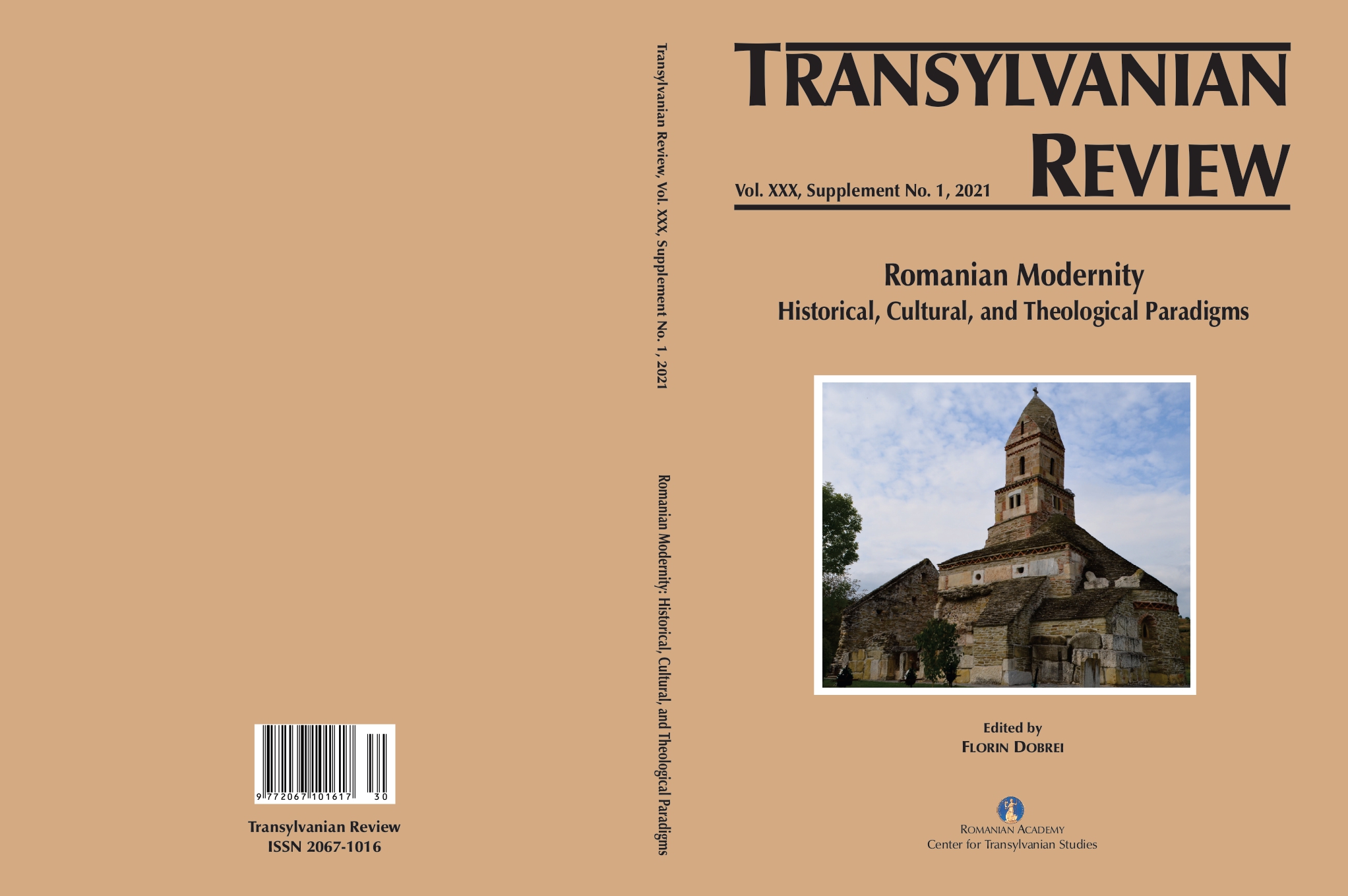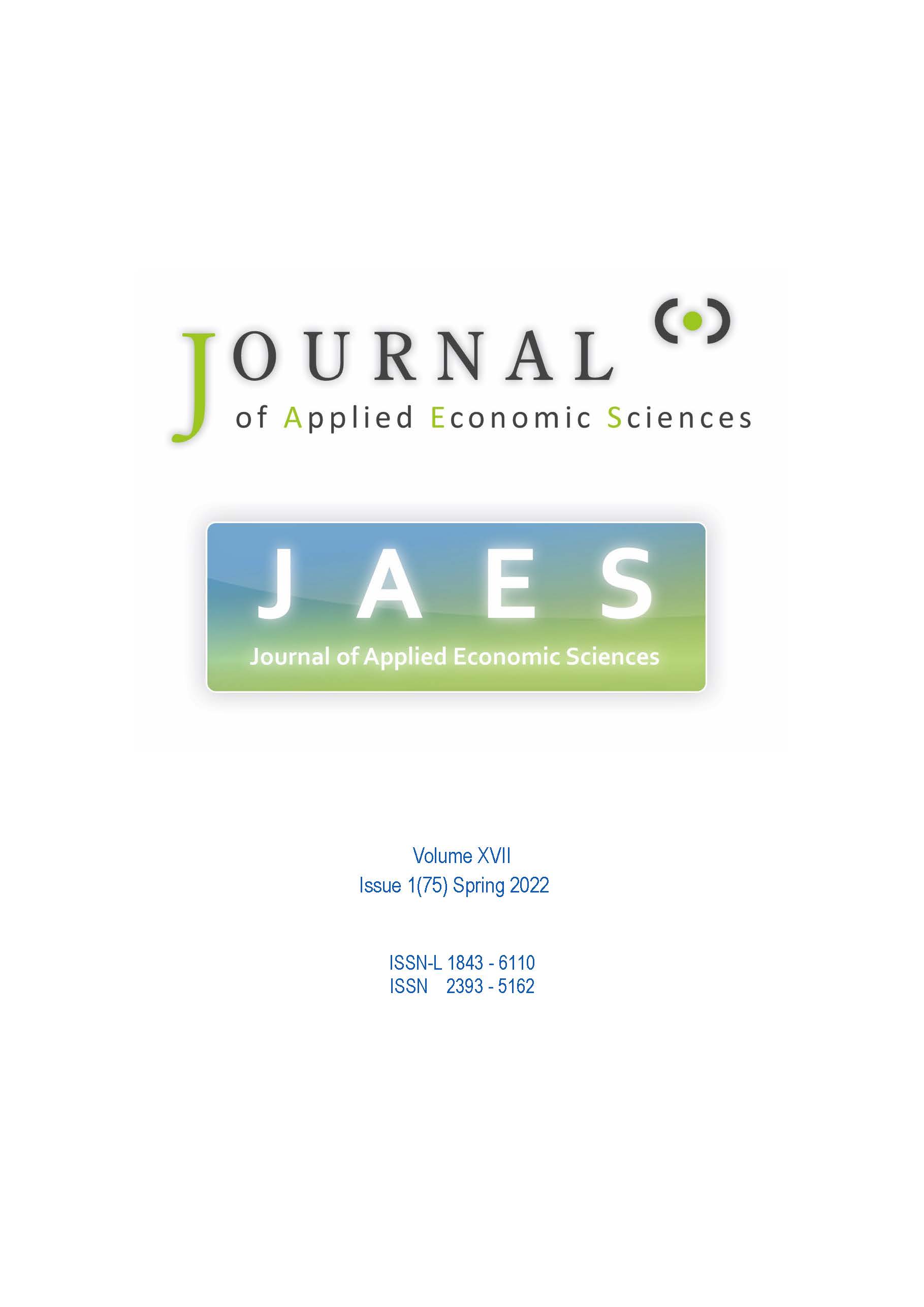Author(s): Valentina Ivanovna Lyalikova,Elena Kalinina,Skydre Zhichkene / Language(s): Russian
Issue: 2/2017
The purpose of the article is to generalize methods used in the world practice for assessing the quality of life, to identify the main factors of differentiation of the quality of life in the regions of the Republic of Belarus. The object of research – the quality of life. Methods of research: analysis, systematization and synthesis of scientific literature, methods of multivariate statistical analysis. The priority of social policy in developed countries is to employ the economic and social potential of population so that population can achieve life satisfaction. The question is how to assess the quality of life and life satisfaction. Common economic indicators, such as GDP, inflation and budget deficit, the trade balance are far from reflecting the true state of the economy, as the real state of the economy can be reflected using the indicators of people’s well-being. Annual global studies are conducted to monitor welfare and quality of life in countries around the world. Different methods are used to measure the quality of life, and they provide an opportunity to explore objective and subjective factors, their impact on the level and quality of life, compare the situation in different countries of the world, identify problems and trends. The urgency of improving the quality of life of the population in Belarus is confirmed by the National Strategy for Sustainable Social and Economic Development of the Republic of Belarus for the period until 2020. The main provisions in this program are: 1) raising the level of the nation’s well-being, overcoming poverty, changing consumption patterns; 2) priority development of health, education, science, culture – the most important spheres of the spiritual life of society, factors of long-term productivity growth, creative activity, and the evolution of the national economy; 3) improving the demographic situation, promoting sustainable development of settlements. In the framework of this program, the priority tasks include, first of all, raising real money incomes and reducing the number of poor people, creating conditions and providing citizens with equal opportunities for material and social well-being, raising the education level index, creating an effective health system and strengthening its capacity. In assessing the quality of life an important task is to form a system of initial indicators. One of the most complete and up-to-date is the system “Basic indicators of the quality of life in the market economy”, developed at the Center for Economic Conjuncture and Forecasting under the Ministry of Economy of the Russian Federation in 1992. This system of indicators was developed by the Ministry of Economy of the Russian Federation and the Goskomstat of Russia, coordinated with the interested ministries and departments, regional administrations and put into operation in 1993.
More...
